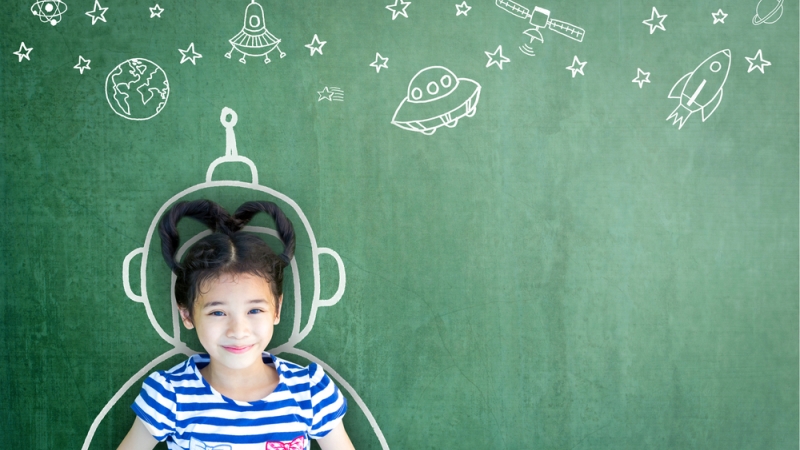
The U.S. Department of Education and the American Institutes for Research released a report on what STEM education will look like in 10 years.
The components of STEM in 2026 are networked communities of practice, accessible learning activities that invite play and risk, interdisciplinary approaches to problem-solving, inclusive learning spaces, accessible measures of learning, and societal beliefs that promote diversity in STEM.
The report said that schools should foster groups that share a common concern and passion for STEM learning.
“These collaborative networks of STEM learning foster the skills and growth mind-sets among all students that lead to lifelong learning and opportunities for postsecondary and career success, while expanding access to rigorous STEM courses,” the report said.
STEM activities should incorporate intentional play that’s appropriate for any age level that encourages curiosity and the ability to think in different ways. That way, students could learn that they have the necessary talent to contribute to the STEM field and to work in team-based environments.
The report said that students should be encouraged to tackle “grand challenges” that haven’t yet been solved in local, national, or global communities, such as building technology that will improve health care systems. STEM students should also attempt to solve these problems using various methods instead of strictly from a technological standpoint.
Learning spaces could include a well-resourced classroom, the natural world, makerspaces, and environments induced by virtual reality equipment depending on the lesson.
“Flexible learning spaces are adaptable to the learning activity and invite creativity, collaboration, co-discovery, and experimentation in accessible and unintimidating instructor-guided environments,” the report said.
President Obama said the nation’s education system needs to update so that students are taking “fewer, smarter, and better,” assessments. Tests should be designed to ensure that they’re not redundant, take up too much time, or offer unreliable data.
The report said that other forms of assessments could be more demonstrative of student learning than tests, including portfolios, presentations, and observations.
The report said that toy manufacturers, retailers, and popular media could be more conscious of the persona they portray as the typical STEM professional to include a more diverse profile.
“These images counter historical biases that have prevented the full participation of certain groups of individuals in STEM education and career pathways,” the report said. Communities and youth in all neighborhoods and geographic locations around the country are equally exposed to social and popular media outlets that focus on STEM, and a wide diversity of STEM-themed toys and games that are accessible and inclusive and effectively promote a belief among all students that they are empowered to understand and shape the world through the STEM disciplines.”
The report said that as the STEM field continues to grow, the projection of what STEM education in 2026 will change.
“The project team and contributors expect and trust that the STEM 2026 vision described here will be revised and refined as new knowledge, evidence, and experiences are gained in the process of achieving it,” the report said.
